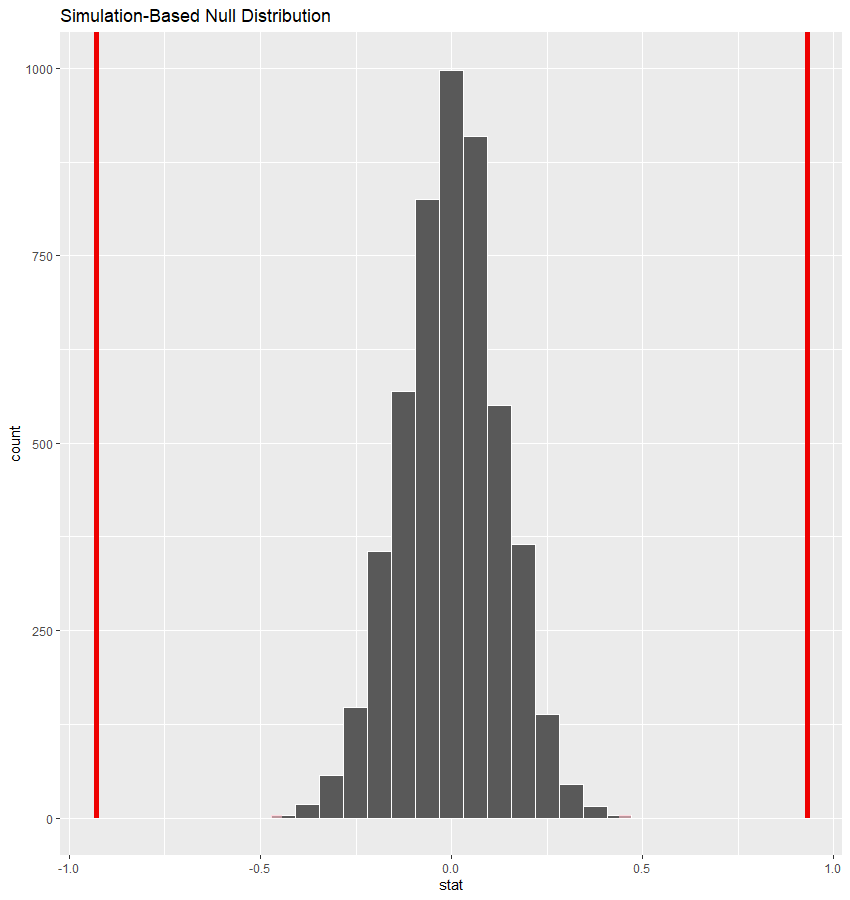Hypothesis Testing III
Lecture 23
Dr. Elijah Meyer
Duke University
STA 199 - Spring 2023
April 7th, 2023
Checklist
– Clone ae-22
– Lab 9 Due Tuesday (April 11th)
– HW-6 (Statistics Experience) due April 28th
– Project Draft Report due Friday (April 7th)
– HW 5 Due Thursday (April 13th)
– Good Conversation in Slack! Check it out
– Second Peer Evaluation (April 10th)
– Exam 2 starts April 14th
Research Participation
– Research team creating an intro data science assessment
– We would like to have students in an intro data science course take the assessment
– Pin down how students think about things so that we can better phrase our questions
– Located at the end of HW 5
– Your responses matter!
Project Announcement
– Include literature review in report
Lab - Peer Review
– Will provide feedback via issues tab on 2 projects
– Attendance will be taken to track participation
– If you can not attend, you are expected to create a separate issue tab and provide additional feedback
Warm Up
\(\mu_s = \mu_v\)
\(\mu_s \neq \mu_v\)

Please write out an appropriate interpretation, decision, and conclusion in the context of the problem.
Goals for Today
– Use theory methods for 1 categorical explanatory 1 quantitative response
– Use permutation and theory methods for 2 categorical variables
Standardized Statistic
Standardized test statistics are used in hypothesis testing
Standardized test statistic: (statistic - null value)/(standard error of the statistic).
Standardized test statistics are a way for you to compare your results to a “normal” distribution of statistics.
The standardized test statistic represents the number of SEs your statistic is away from the center of the null distribution.
ae-22
Two Categorical Variables
– What is our parameter of interest in proper notation?
– What is our sample statistic in proper notation?
Two Categorical Variables
– \(\pi_1 - \pi_2\)
– \(\hat{p_1} - \hat{p_2}\)
Two Categorical Variables
– Our parameters and statistic change
– We model our statistic using a normal distribution
Wrap Up
We can calculate confidence intervals and conduct hypothesis tests for a combination of categorical and quantitative variables
